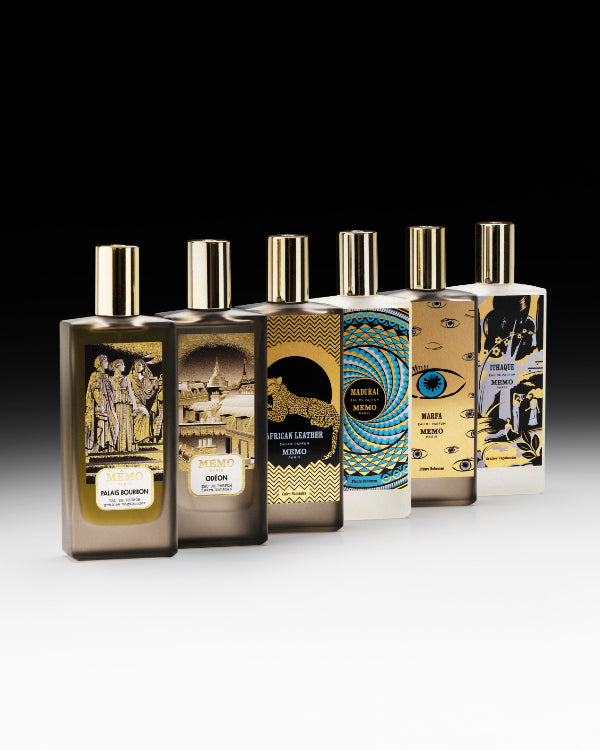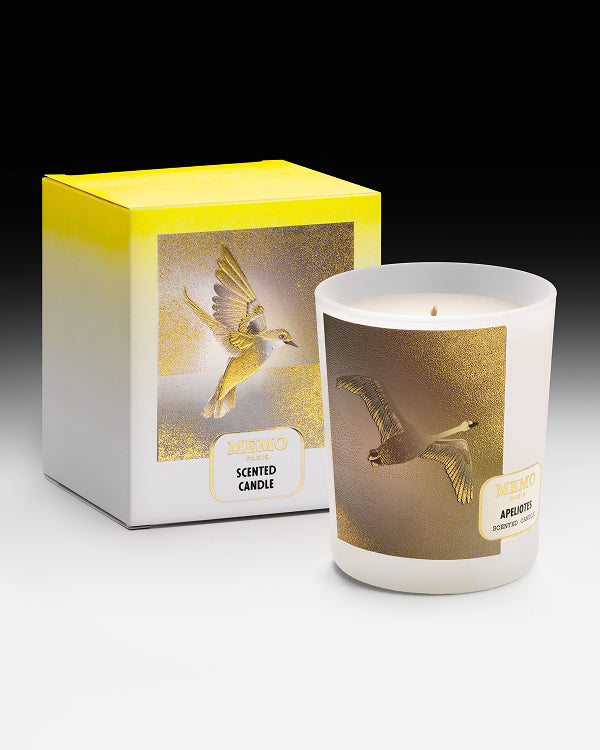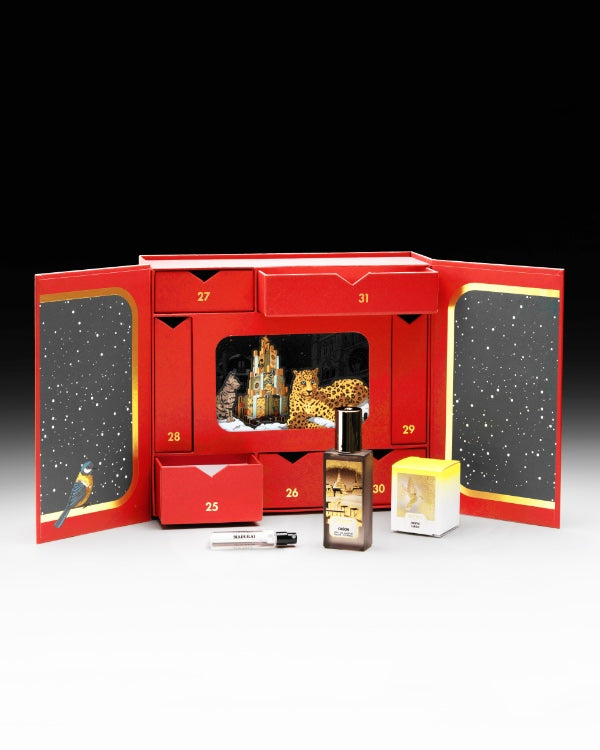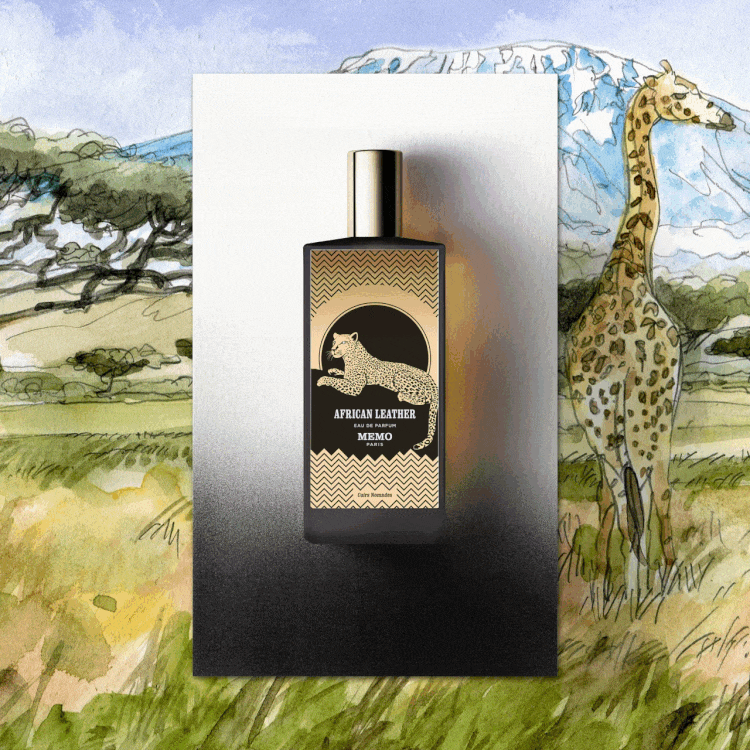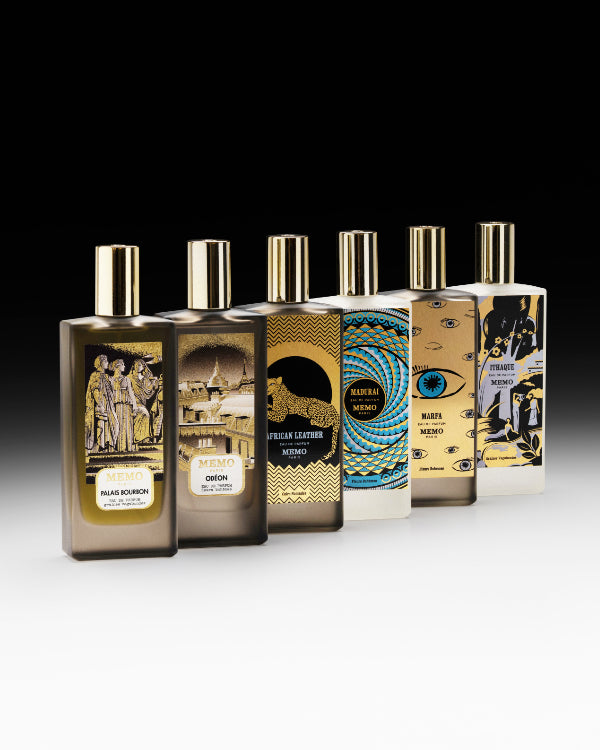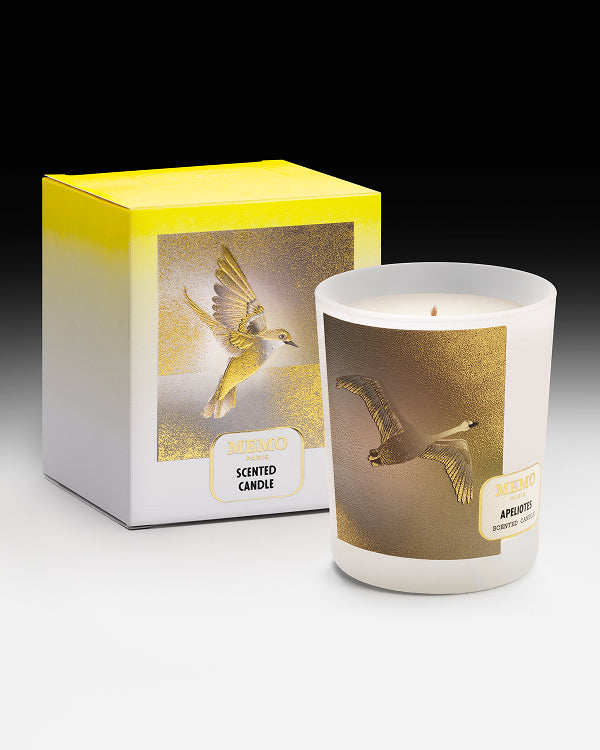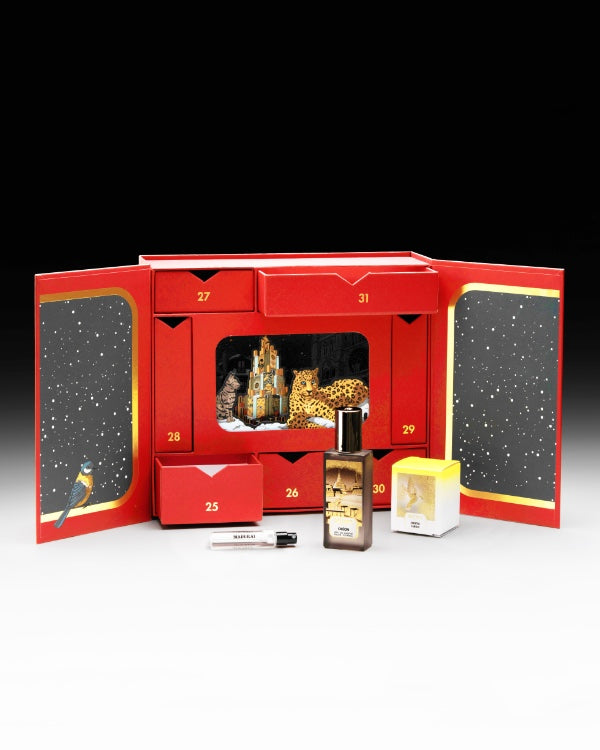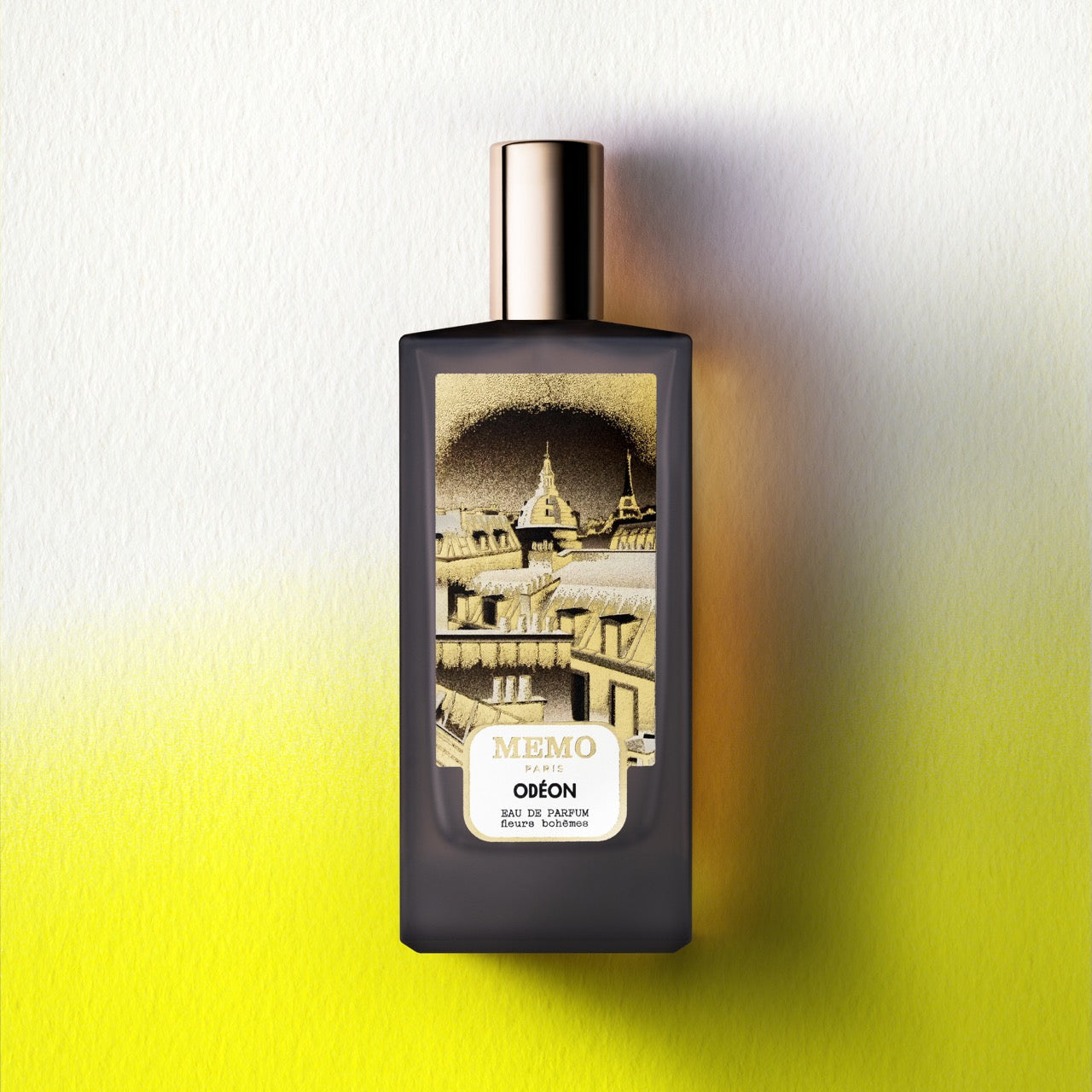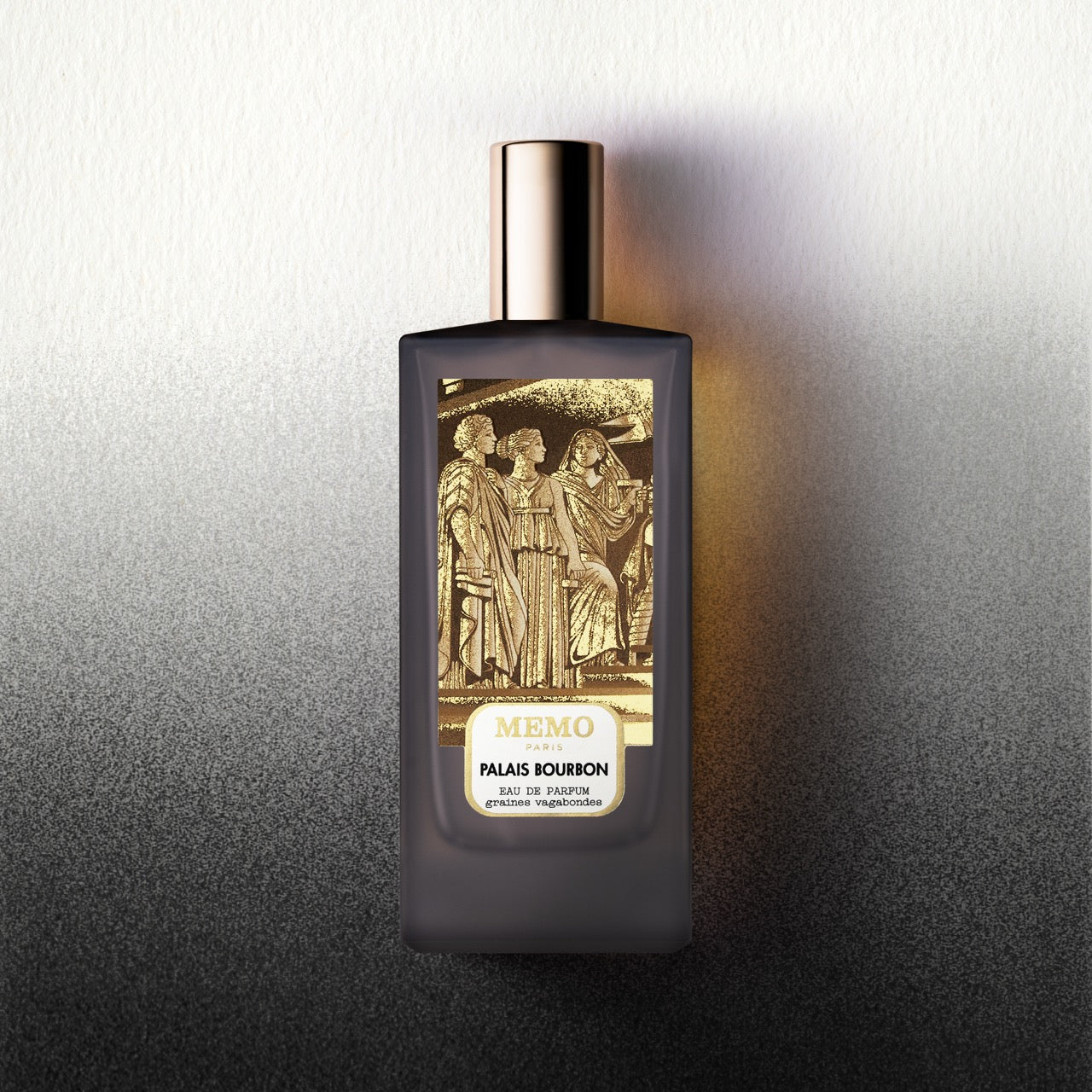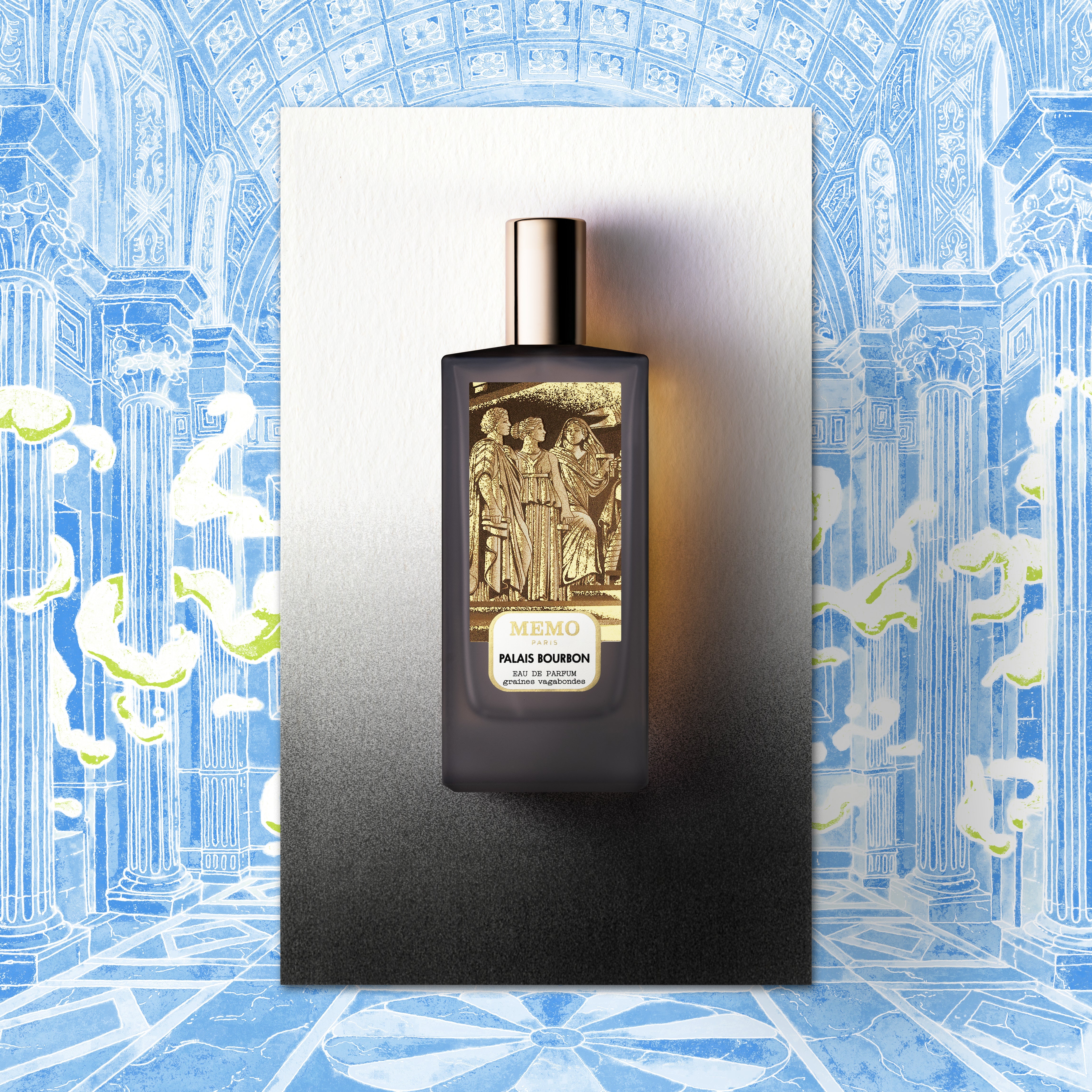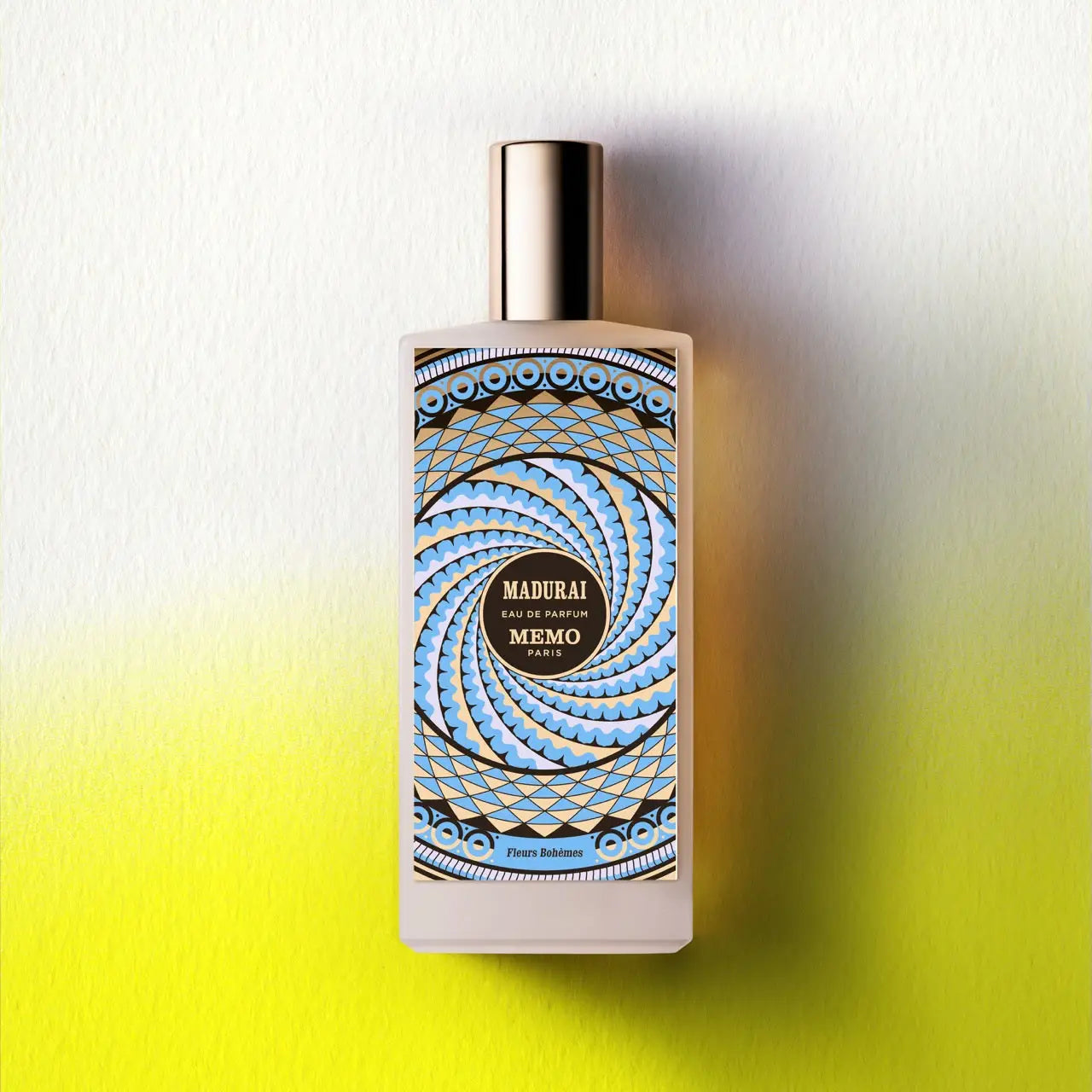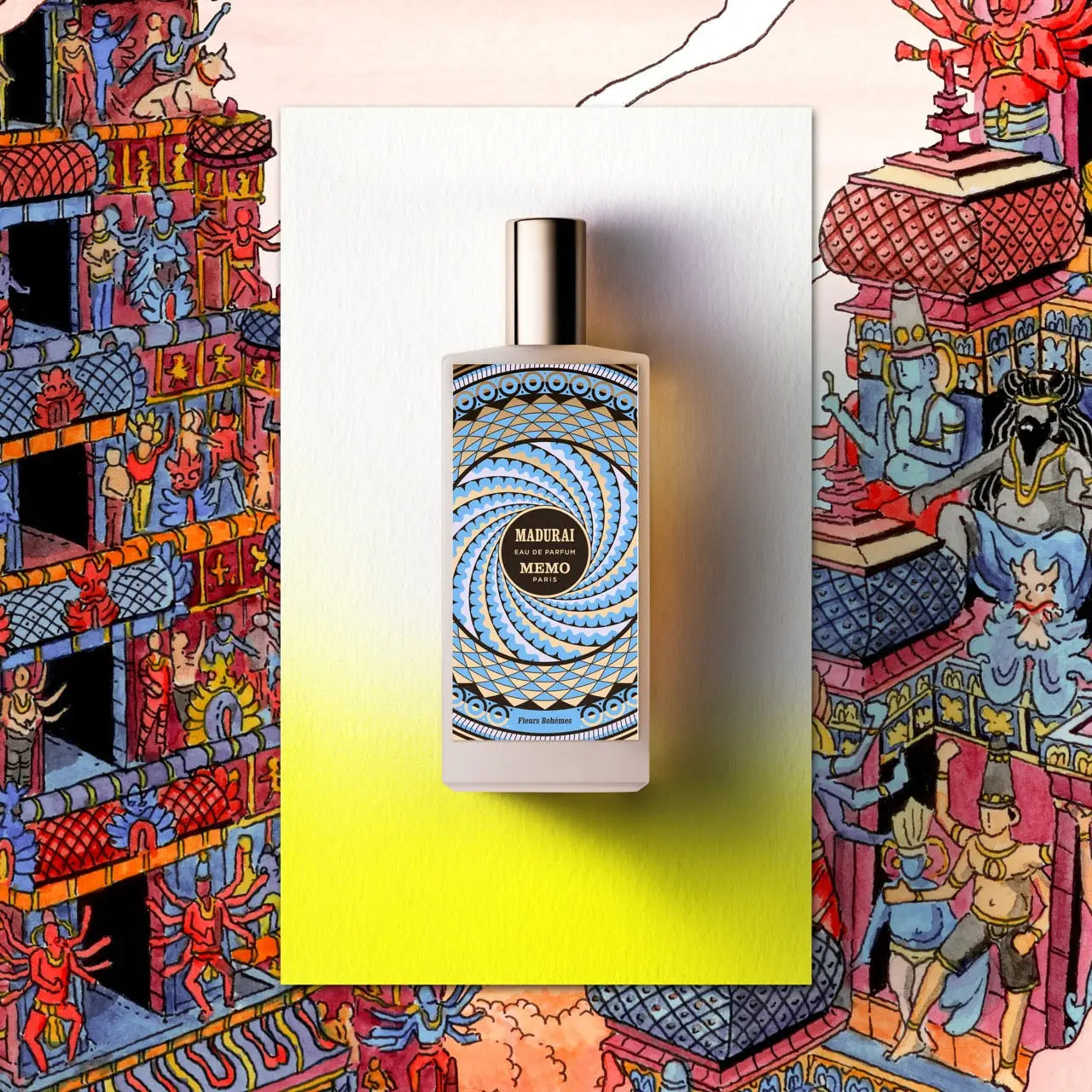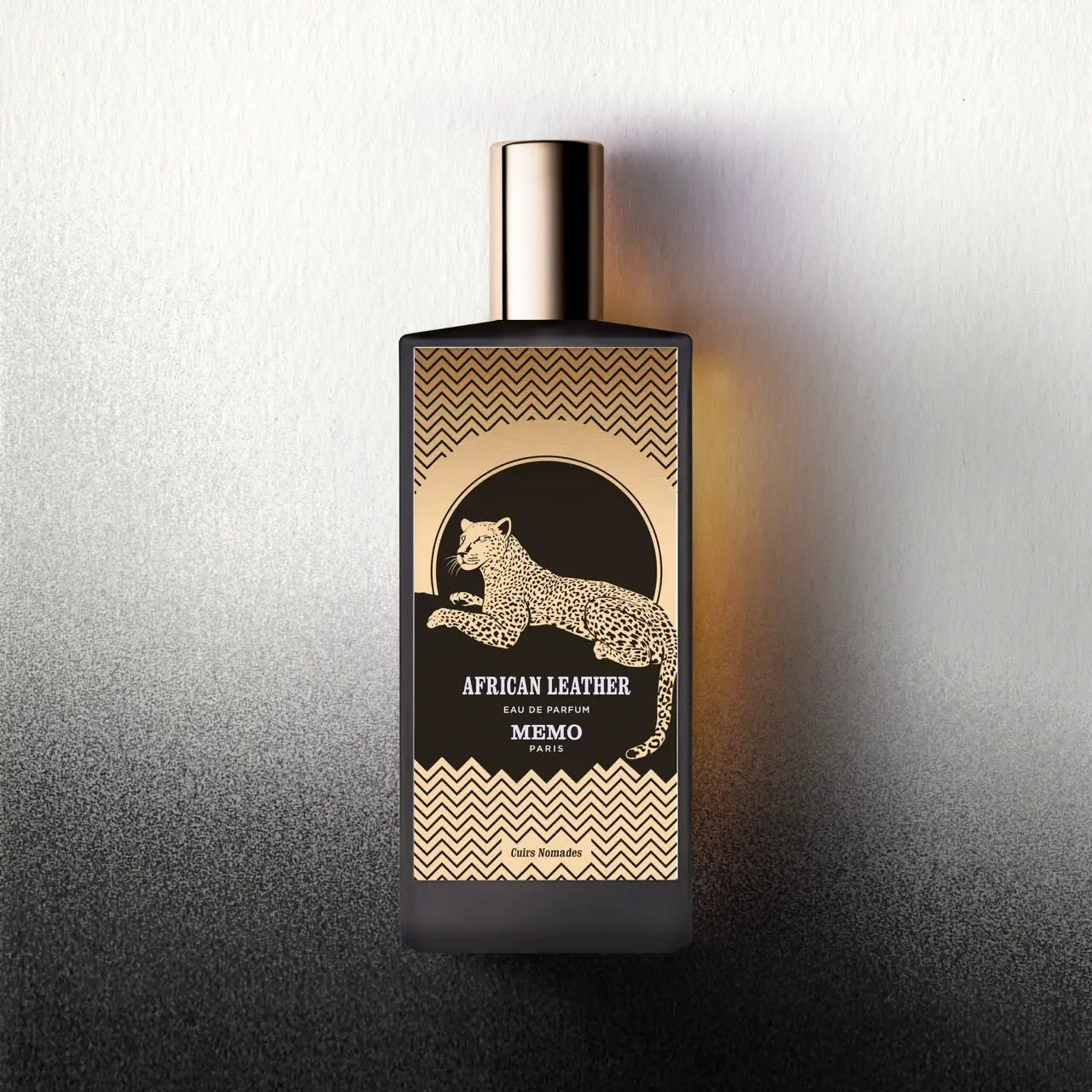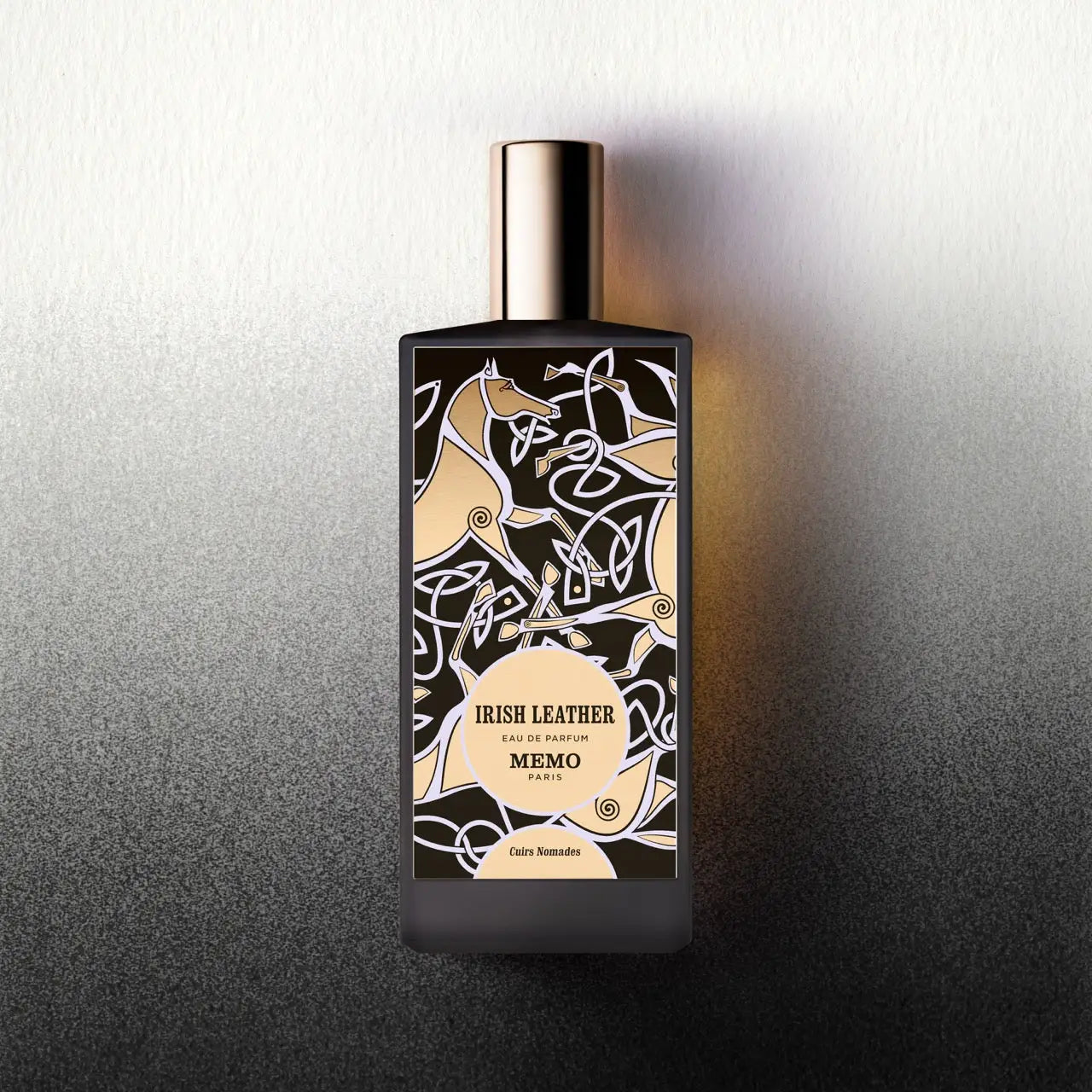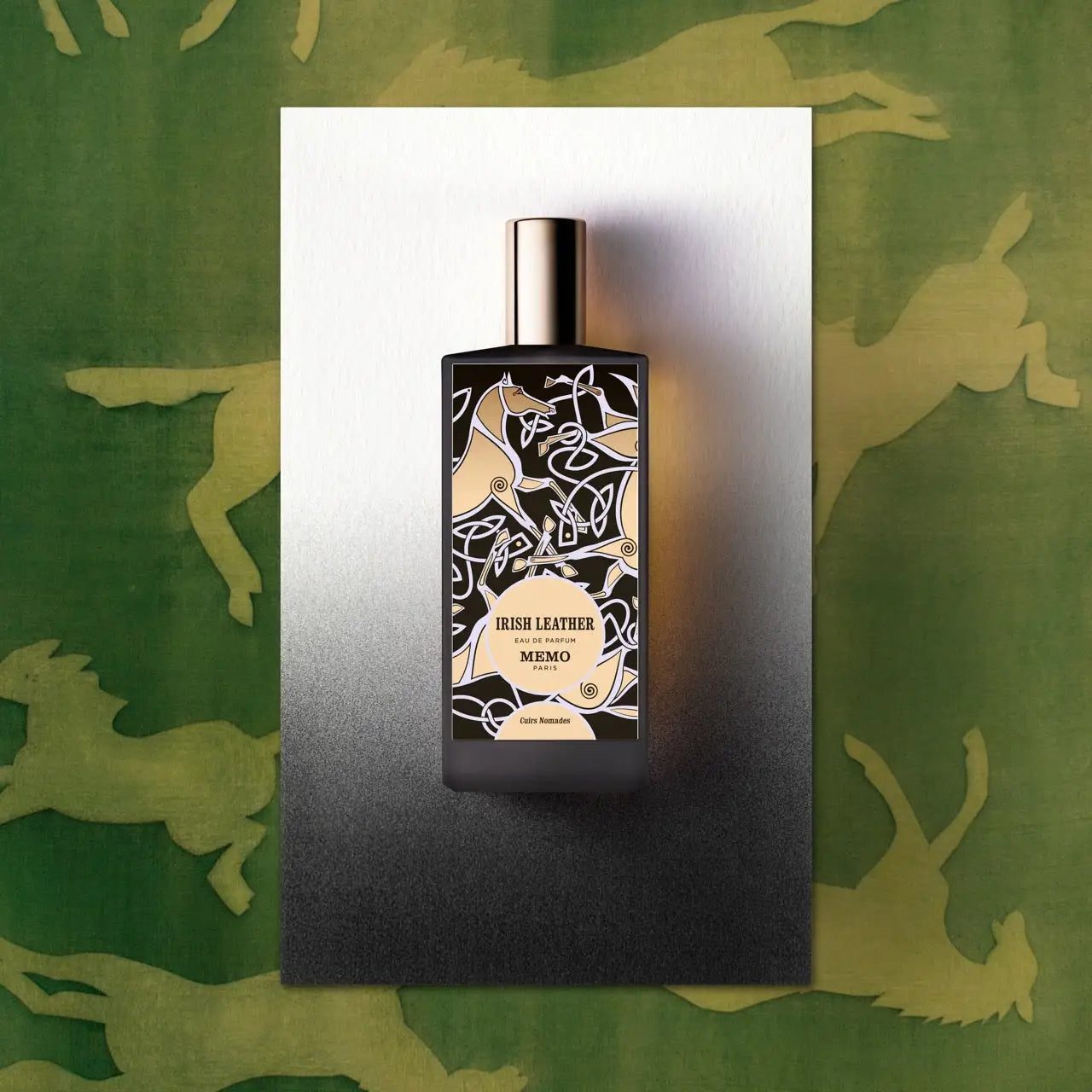SEO - The art of fragrance layering: create your own signature scent

The art of fragrance layering: create your own signature scent
More than one fragrance, more than one story
There’s something magical about fragrance. A single spritz can awaken memory, emotion, and imagination. But what if you could go beyond one scent? What if you could compose your own signature scent—a perfume that’s as layered, evolving, and complex as you? Fragrance layering invites you to personalize and create a unique scent experience, making the process artistic and thoughtful.
Welcome to the world of fragrance layering. Also known as perfume layering, this technique allows you to combine scents, explore different fragrance families, and express yourself in an entirely personal way. Fragrances are like words, telling a story or expressing your personality without ever speaking.
It’s not about following rules. It’s about finding your perfect blend—a scent that lives on your skin, moves with you, and literally evolves through the day.
What is fragrance layering?
Layering perfumes means wearing more than one fragrance at a time (that is, applying multiple scents at one time), usually in a specific order to create a new, uniquely personal aroma. It might involve two fragrances, or several, applied strategically to achieve a layered scent that feels balanced, rich, and entirely your own.
It’s the olfactory equivalent of composing music or layering fabrics in fashion. A lighter one might sit at the top, with a heavier scent beneath, creating a perfume with depth, contrast, and harmony.
Why layer fragrances?
-
Creative expression: Layering is an art form. It allows you to be the fragrance expert of your own story.
-
A signature: You’ll never smell like anyone else. Your scent becomes part of your identity.
-
Adaptability: Combine scents based on mood, weather, occasion, or time of day.
-
Longevity: Smart layering can enhance the longevity of your perfume on the skin.
Know your fragrance families
To master perfume layering, start with the basics of fragrance families and how they interact. Understanding these basics helps you make informed choices, especially if you're new to crafting your signature scent. In fragrance, a 'note' refers to the individual scent component that makes up a perfume, typically categorized as top, middle, or base notes, which develop and change over time.
Before you start layering perfumes, it’s important to understand fragrance families. These categories group scents based on their dominant notes or character:
-
Floral scents: rose, jasmine, tuberose—soft, romantic, and timeless.
-
Woody: cedar, sandalwood, patchouli—earthy and grounding.
-
Oriental: spices, amber, vanilla—warm, rich, sensual.
-
Fresh: citrus, green, aquatic—light and vibrant.
-
Gourmand: sweet, edible notes like caramel, chocolate, almond.
By knowing which families complement or contrast one another, you can start building different combinations that result in your own unique scent.
Choosing the right eau de parfums for layering
Selecting the perfect eau de parfums for layering is the most important part of crafting a scent that truly reflects your individuality. Begin by considering your personal style—do you gravitate toward the sweetness of a floral scent, the depth of a woody base, or the intrigue of something spicy? Understanding your favorite fragrance family is the first step to building a collection that invites creativity.
Imagine pairing a rich, woody eau de parfum with a vibrant floral scent: the result can be a uniquely complex fragrance that evolves throughout the day. Don’t be afraid to dabble in different fragrance families—sometimes, the most memorable blends come from unexpected combinations. Pay close attention to the notes in each fragrance: the top notes offer an initial burst, the middle notes develop as the scent settles, and the base notes leave a lasting impression. By thoughtfully selecting and pairing eau de parfums with complementary or contrasting notes, you can customize a scent that is as layered and expressive as your own life.
Let your choices reflect your mood, the season, or even a special occasion. With each spritz, you’re not just wearing a fragrance—you’re signing your own olfactory signature, one that is uniquely yours and impossible to replicate.
How to layer fragrance: step-by-step guide
1. Start with your base
Begin with your heavier scent—often a woody, oriental, or sweet eau de parfum—as your base. This scent will form the foundation of your layered scent.
Apply it to your pulse points: inside wrists, neck, inner elbows, and behind the knees. These warmer areas help enhance the longevity and diffusion of the fragrance.
2. Add the top
Then add a lighter scent on top—something fresh or floral that contrasts or complements your base. Think of it as your fragrance’s mood. A splash of rose, a mist of neroli, or a twist of citrus can change everything.
Make sure to spray lightly and focus on the same pulse points or different areas of the skin to avoid overwhelming the aroma.
3. Consider the fragrance notes
When choosing two scents, pay attention to their fragrance notes:
-
Top notes: first impression (citrus, herbs)
-
Heart notes: the main body (florals, spices)
-
Base notes: the lasting trail (woods, musks, amber)
To achieve the best results, find compatible notes that work well together for harmonious layering.
Combining fragrances with similar or compatible notes increases your chances of creating a harmonious, long lasting effect.
4. Less is more
When layering, start with smaller amounts of each fragrance. You can always add more. Think about how they smell together not just in the moment, but after 10, 30, or 60 minutes. A beautiful aroma takes time to settle, and you may be surprised by how the scent evolves as it develops.
Perfect combos to inspire you
The romantic touch: rose & vanilla
Floral scents like rose pair beautifully with creamy vanilla eau de parfums, creating a rich and enveloping scent that’s both elegant and sensual.
The fresh bloom: citrus & white flowers
A light citrus spray combined with white floral fragrance notes like neroli or jasmine is uplifting and youthful. It’s ideal for spring days or morning rituals.
The bold duo: oud & sweetness
Oud, with its dark, warm, resinous depth, finds a stunning counterpart in sweet or amber notes. A perfect combo for evening wear or colder seasons.
Tips from fragrance experts
-
Match intensity: Don’t overpower a delicate fragrance with an intensely spicy one. Choose fragrances of similar strength, and keep in mind the compatibility of scents to ensure a harmonious blend.
-
Try products from the same brand: Often, a house designs its eau de parfums to be layered—like MEMO Paris does.
-
Use neutral bases: A light musky or amber scent can serve as a great canvas to layer fragrance upon.
-
Don’t overdo it: Stick to two scents to begin. You’ll understand better how the fragrance notes interact before exploring more different combinations.
Does layering work for everyone?
Absolutely. Perfume layering works for all skin types and personalities. It’s about discovering your favorite perfumes in a new light. Some may prefer sweetness, others seek something green or leathery. The beauty of layering perfumes is that it respects both intuition and experimentation. Making fragrance layering part of your daily routine can enhance self-expression and turn scent selection into a personal ritual.
And yes, it works for all genders. There’s no “one-size-fits-all” in fragrance. Just your nose, your body heat, and your creative impulse.
Common mistakes to avoid
-
Using two overpowering eau de parfums at once.
-
Ignoring how the scent changes over time.
-
Forgetting the pulse points and applying to dry skin.
-
Expecting one perfect blend—sometimes, a mismatch is part of the process.
Conclusion: scent as self-expression
Fragrance is a language. And layering perfumes lets you rewrite the grammar. You’re not confined to one fragrance, one identity, one path. You can change your smell, deepen it, lighten it, wrap it in a new layer. You can create your own signature scent, one that no bottle ever contained until you dared to combine scents.
The art of fragrance layering has its roots in the Middle East, where it is a significant part of personal expression and tradition, often involving multiple scent layers and ingredients like oud and attars.
Whether you’re exploring floral scents, deep ouds, bright citruses or creamy musks, layering gives you the tools to be your own fragrance expert. It doesn’t matter how old your perfume is; any fragrance can be used for layering. The only rule is to follow your own preferences and experiment freely.
So go ahead: spray, blend, and let your skin tell the world a story no one else can replicate.
Discover our


